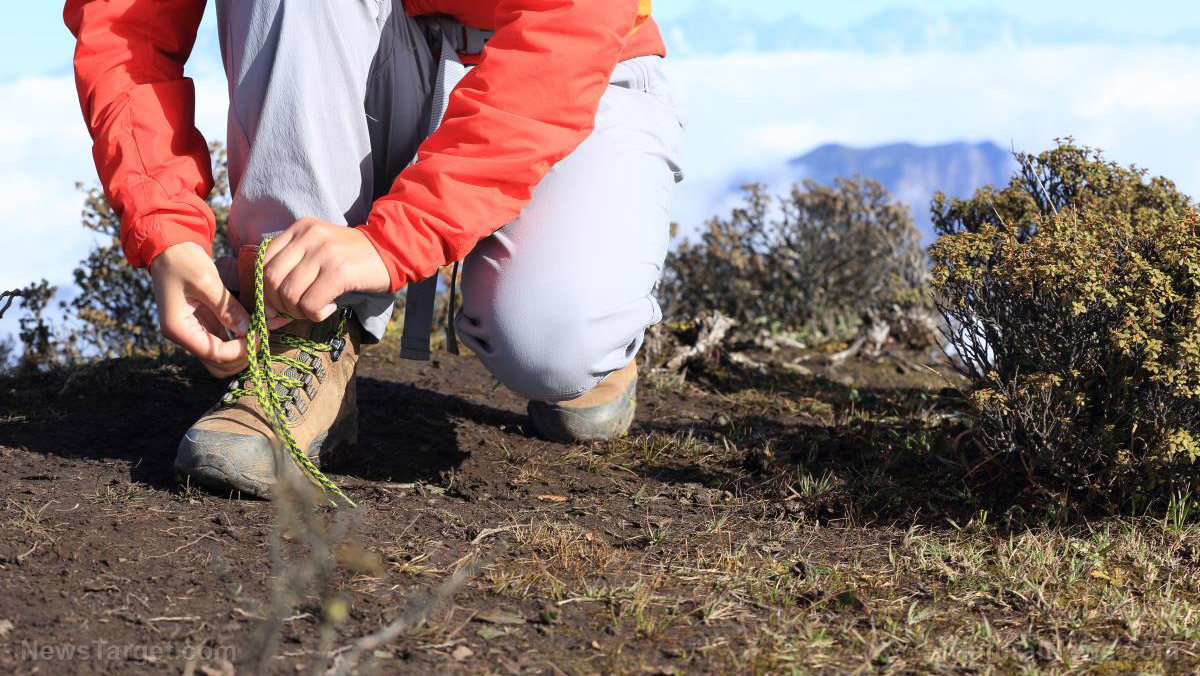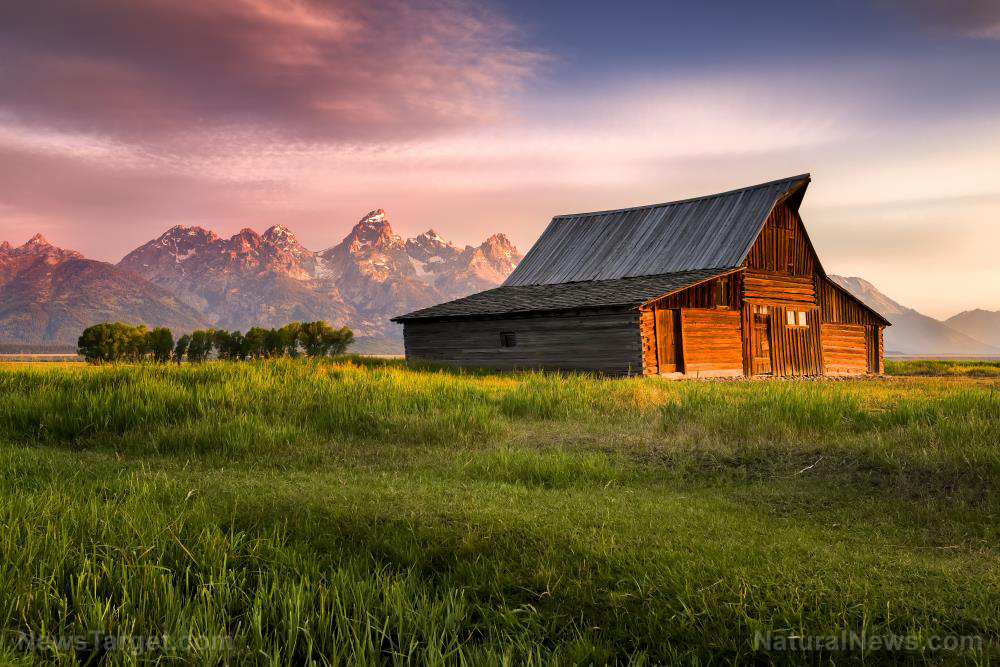
Make sure your feet are in good shape even during a survival scenario. After all, how can you escape from all sorts of danger if your feet hurt? (h/t to TheSurvivalMom.com)
Choosing proper socks and shoes
Some socks are thicker than others while liner socks are thin (like dress socks). Liner socks are worn under thicker socks to help prevent blisters.
Modern athletic socks have wicking fibers that can draw moisture away from the body. They may also have areas that can provide more (or less) support and breathability, among other features.
Socks can also be made from cotton (not suitable for hiking), nylon, and wool while others are made of hybrid and high tech fibers. When choosing socks, go with a pair that is higher than the top edge of your shoes so your feet don't chafe and rub.
If you're buying new hiking shoes, try them on while wearing socks to see how they will fit you. Get high-quality hiking boots so you can stay comfortable even if you have to hike all day. Never get a pair of shoes that don't fit well so you don't waste your hard-earned money.
Break in your shoes before you use them outdoors. This will help form creases where your body bends, like the balls of your feet and your ankles while other areas will stretch to fit your feet. (Related: Give Your Feet Natural Care.)
If you're not sure what kind of shoes to buy, you can wear hiking boots as long as they provide ankle support. Ankle support is necessary for beginners and for people with weak ankles. Shoes with ankle support are also suitable for hiking longer trails and carrying heavier packs.
Basic foot care
When SHTF, you might have to hike long distances or carry a heavy backpack for a long time. Keep your feet safe with these basic foot care tips:
- Keep your feet dry, supported, and warm.
- Wear shoes and socks that fit properly.
- Prepare your feet before taking part in strenuous activities.
- Always keep your toenails clipped to avoid an ingrown toenail.
Keep a small foot first aid kit in a waterproof container in your pack. Make sure it includes:
- Alcohol pads
- Benzoin swabs
- Corn pads
- Gauze pads and tape
- Lubricant or powder
- Moleskin and tiny scissors or duct tape wrapped around a stick/pencil
- Safety pins
When you're outdoors, keep your feet dry. You can keep your feet clean by bringing an extra pair of socks to change into while you let your wet socks dry.
Instead of "trail shoes," wear "camp shoes" when you're resting so your feet, shoes, and socks can dry. You can also use camp shoes if you need to cross creeks or other water hazards. Take the time to remove debris like rocks or sand from your shoes so your feet don't hurt.
Pay attention to your feet, especially when SHTF. A comfortable and sturdy pair of shoes can help you outrun any danger that might head your way, as long as you're wearing the right pair of socks.
Learn more about foot care and tips on how to choose proper footwear at Gear.news.
Sources include:
Please contact us for more information.























